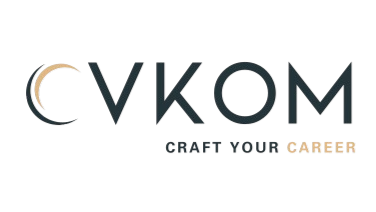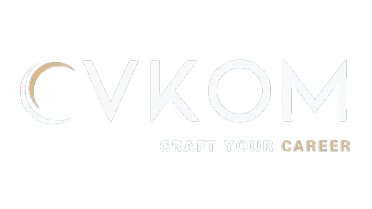How to Handle Employment Gaps in Your Resume
Employment gaps in a resume can raise concerns for hiring managers, but with
the right approach, you can address these gaps confidently and turn them into
opportunities to highlight your resilience, adaptability, and growth. This
guide provides actionable steps to help you handle employment gaps effectively.
1. Understand the Cause of Your Gap
Before addressing employment gaps, reflect on their reasons. Common causes
include:
- Career transitions
- Further education or certifications
- Personal or family health issues
- Volunteering or freelancing
Understanding the reasons will help you provide clear, concise explanations.
2. Use the Right Resume Format
- Functional Resume: Focuses on skills rather than a chronological work
history. Ideal for significant gaps.
- Combination Resume: Blends functional and chronological formats,
showcasing skills and experience while downplaying gaps.
3. Highlight Activities During the Gap
Even if you weren’t formally employed, emphasize productive activities:
- Freelancing: List as a role under professional experience.
- Volunteering: Treat as a job with clear achievements and contributions.
- Certifications: Include courses or degrees you pursued.
- Projects: Mention personal or professional projects relevant to your
industry.
Example:
Volunteer Coordinator, Local Community Center (June 2020 – March 2021)**
- Organized events that increased community engagement by 40%.
- Managed a team of 15 volunteers, ensuring project deadlines were met.
4. Be Transparent and Honest
Honesty is critical. Briefly address the gap without going into unnecessary
detail. Use terms like:
- “Career sabbatical to upskill in [specific field]”
- “Full-time caregiver responsibilities”
5. Leverage the Cover Letter
Your cover letter is a perfect space to explain gaps. Focus on what you learned
and how it makes you a stronger candidate.
Example: "During my career break, I completed a certification in digital
marketing, which enhanced my ability to develop data-driven campaigns."
6. Focus on Transferable Skills
If your gap involved caregiving, volunteering, or education, highlight
transferable skills such as:
- Time management
- Problem-solving
- Communication
7. Be Ready to Address Gaps in Interviews
Prepare to discuss gaps positively and confidently in interviews. Frame your
responses to highlight your readiness and enthusiasm for the role.
Example: "I took time to complete a specialized course in project
management, which complements my existing skills and prepares me for roles like
this one."
8. Keep Your Resume ATS-Friendly
Many companies use Applicant Tracking Systems (ATS). Ensure your resume
includes industry-relevant keywords, especially for jobs aligned with your new
focus post-gap.
9. Tailor Each Resume
Customize your resume for every job application. Emphasize skills and
experiences that match the job description.
Conclusion
Employment gaps don't have to be career obstacles. With a proactive approach,
they can showcase your adaptability and growth. Need help tailoring your
resume? Visit **CVKOM**, your partner in professional resume writing services.





